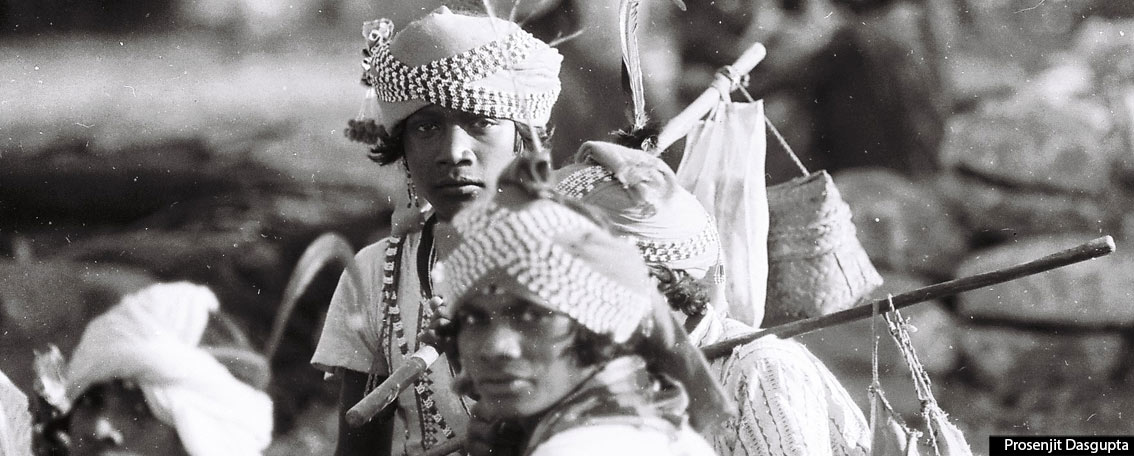
Bastar: Pictures from the Past – II – by Prosenjit Dasgupta
This is the second part of the travel experiences of Prosenjit Dasgupta, author of the book ‘Chasing a Dream – Journeys into the heartland of Tribal India’ where he shares his visit to the Bastar region, Chhattisgarh, from 70s to 90s.
Bastar, which forms a large part of the state of Chhattisgarh, was poorly known even 30 or 35 years ago. The Muria, Maria, the Hill Maria, Bhattra, Dorla tribals lived out their lives, tilling their meager holdings in clearings next to wide stretches of forest or up in the hills of Abujhmarh, by “slash-and-burn cultivation”. They were content to pay their homage to their ancestral gods: Patdeo, or Burha Deo, Telgin Mata, or Khandakankalin.
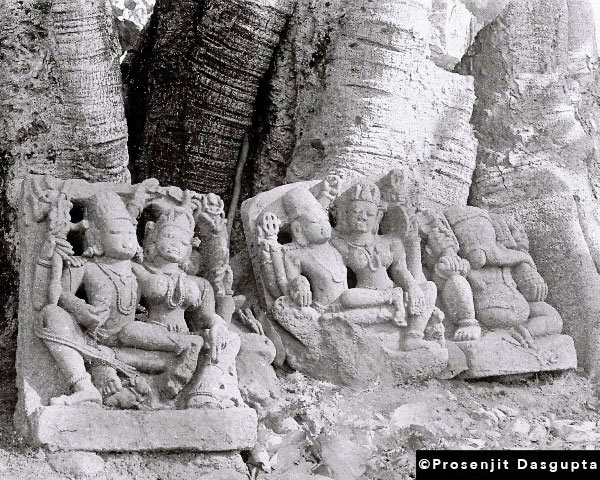
But Bastar even in the 11th century had seen images of Ganesha and of Siva and Parvati worshipped at Barsur or Bara Dongar close to the Indravati River that practically slices through the centre of the district, or at Dantewada next to the Sankini-Dankini Rivers that run down from the Bailadilla hills. That was when the Kakatiya dynasty of Andhra Pradesh was displaced by attacks by Alauddin Khilji and emigrated to nearby Bastar, away from the constant strife.
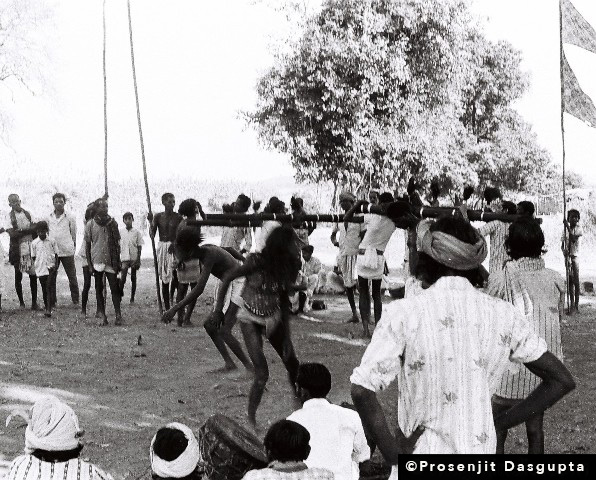
The Muria and Hill Maria, however, set much by their worship of Anga Pen, the original ancestor of man, and assembled in large numbers at the annual “marhai” scheduled at different villages by turn, and having remembered and worshipped him, danced and sang away the night in their simple and direct way.
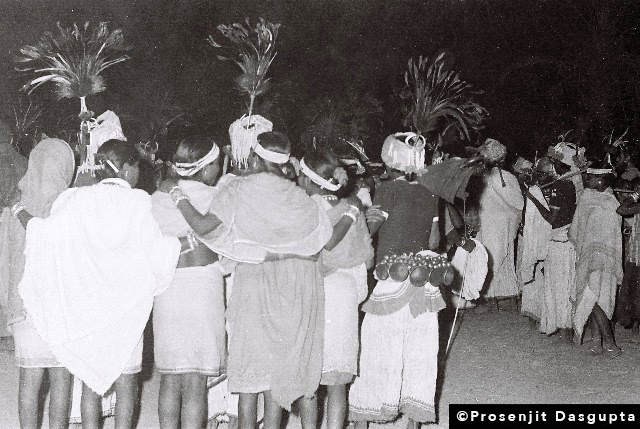
Many more details of impressions and experiences of my visits to Bastar are given in my book “Chasing a Dream”, published in 2014 by Cinnamon Teal Publishers; occasional notes are also given on my blogs at tollykol.blogspot.com.

Born in Calcutta in 1944, Prosenjit Das Gupta completed his education from St. Xavier’s Collegiate School and Presidency College, Calcutta. He joined a commercial organization in 1966 and worked there, till his retirement a few years ago. His interest in wildlife and tribal and folk culture developed in his college days. He has travelled extensively, to tribal areas of central India as well as to national parks and sanctuaries. He has written a number of articles on wildlife and tribal culture and has authored several books on Calcutta, wildlife, common forest trees, his travels to tribal India, and economic change in India. He has also written a biography of Jim Corbett. His other interests include travelling, photography, reading and writing.


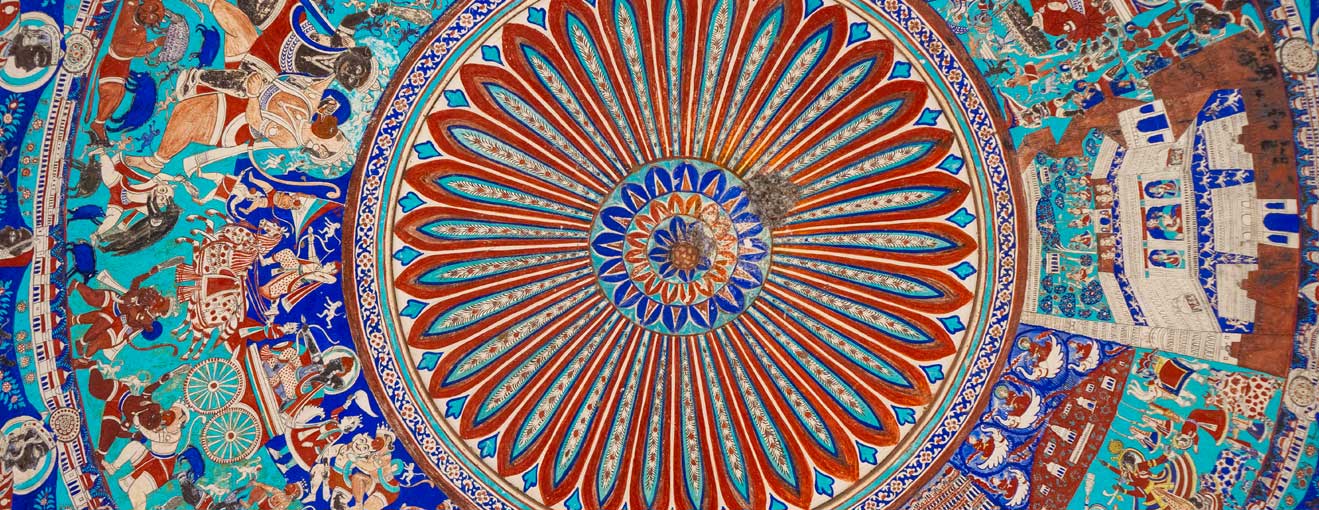


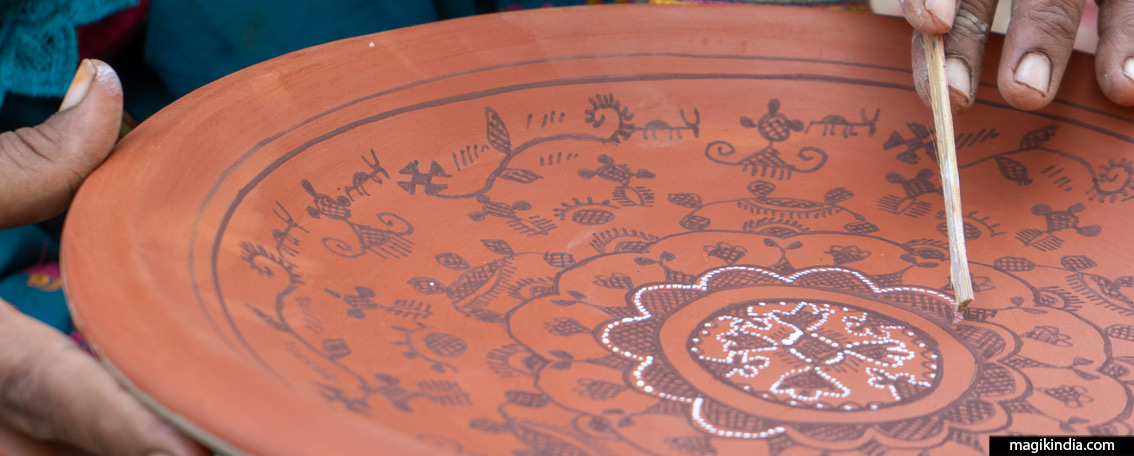
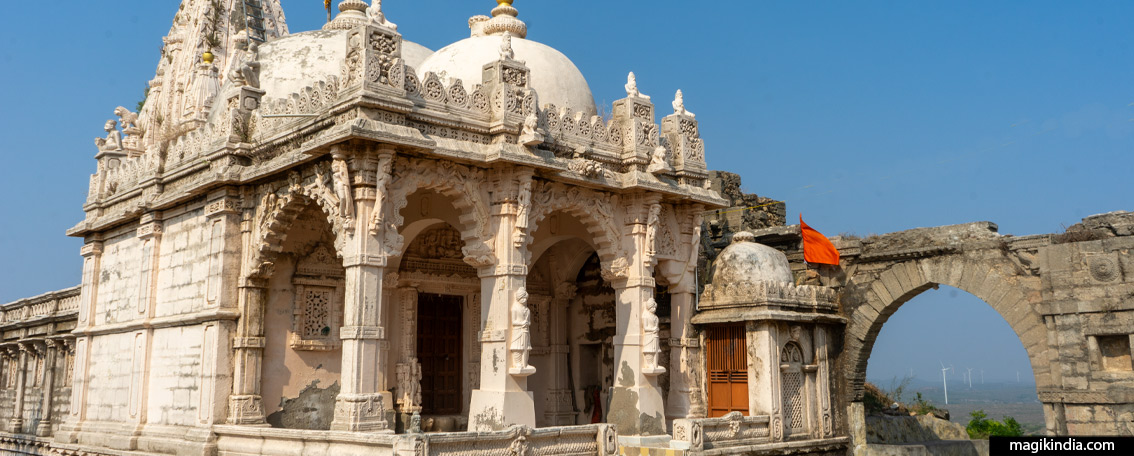
Would have liked the article to be bigger. The pictures dont seem to be properly finished!
Otherwise can we look forward to some more interesting writings in near future on the same interesting topic please ?
Hello, thanks for your message. Actually these are old pictures (30 years old) and at a time we couldn’t digitalise them. If you want to read more about the same subject and author, please see this link too : https://magikindia.com/bastar-pictures-from-the-past-by-prosenjit-dasgupta/
kind regards
Mathini